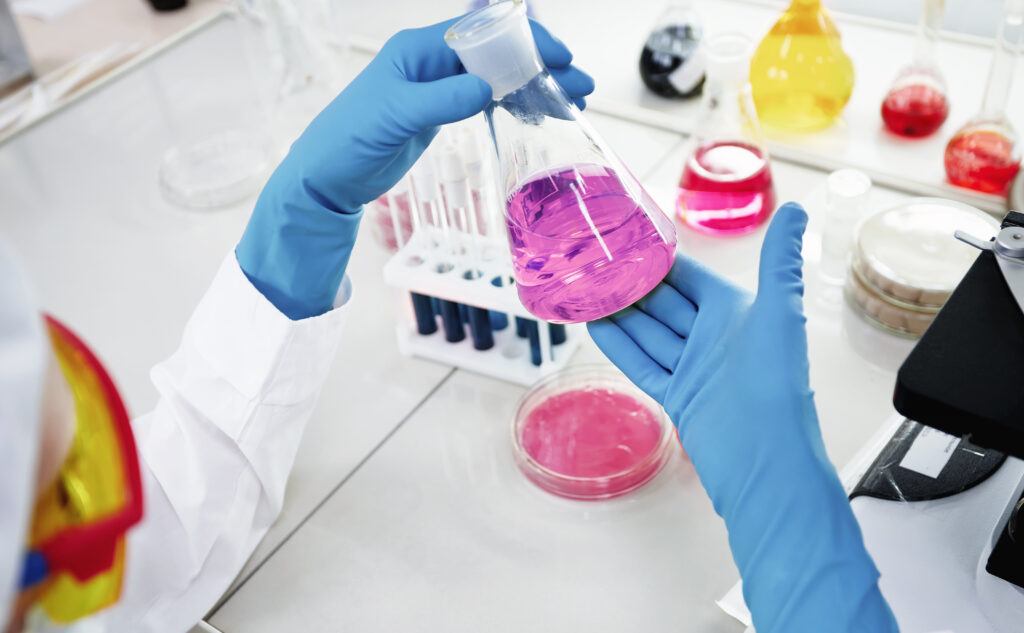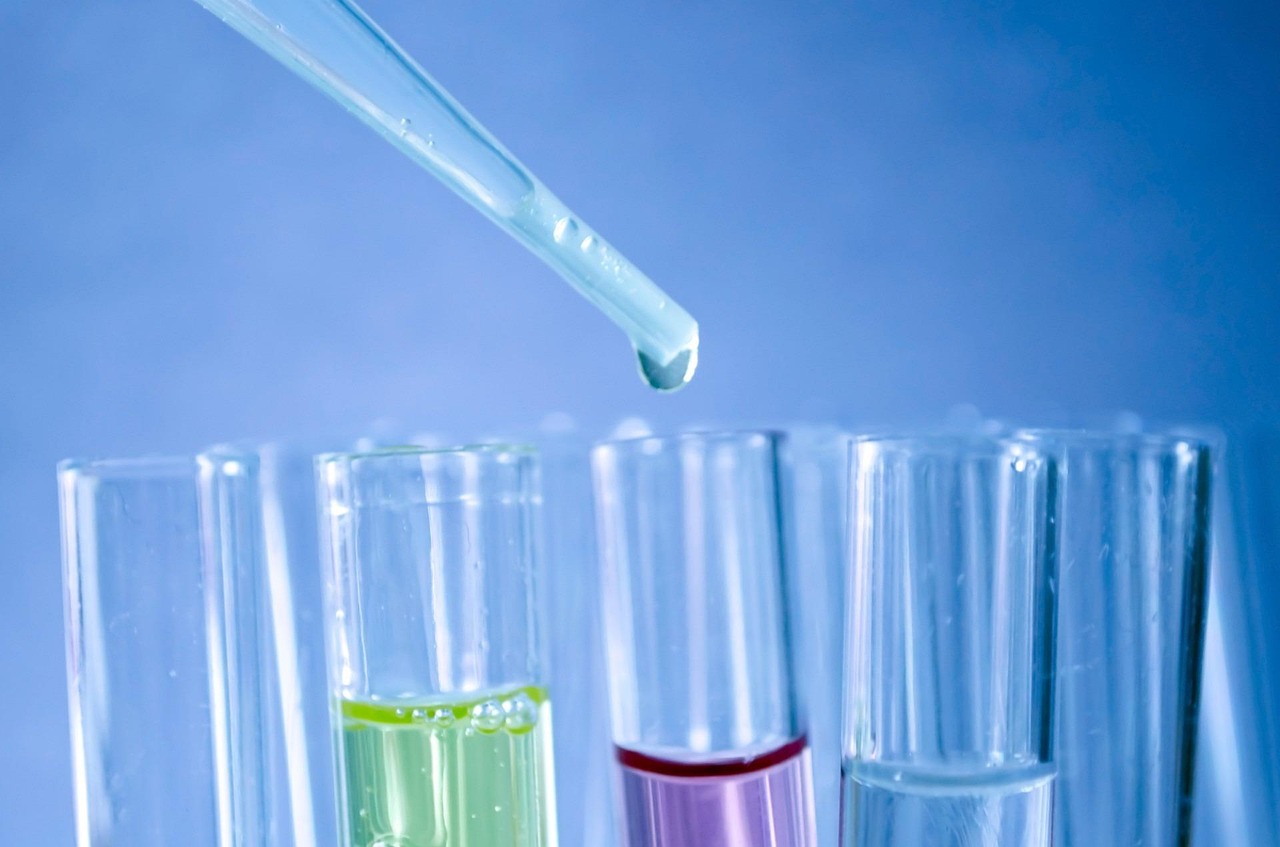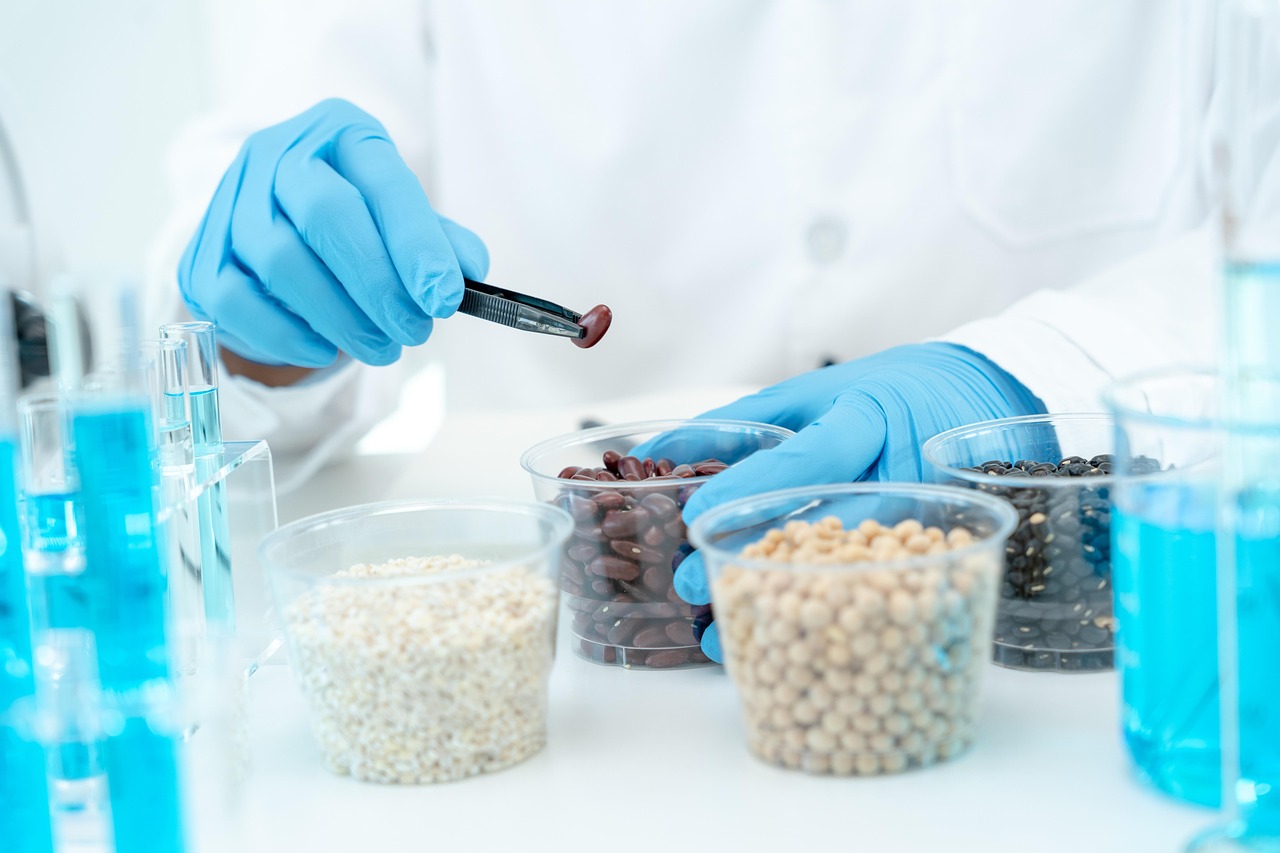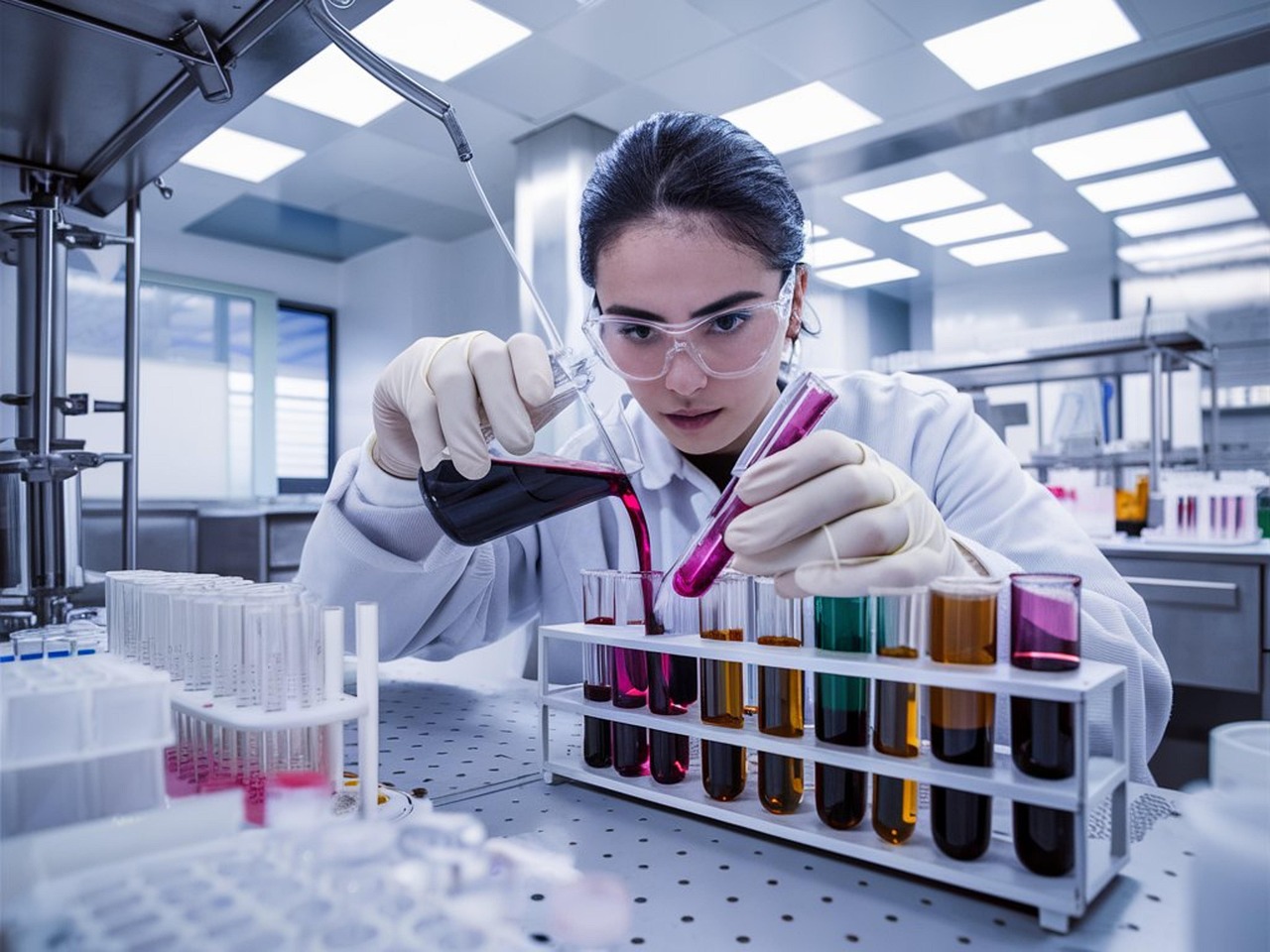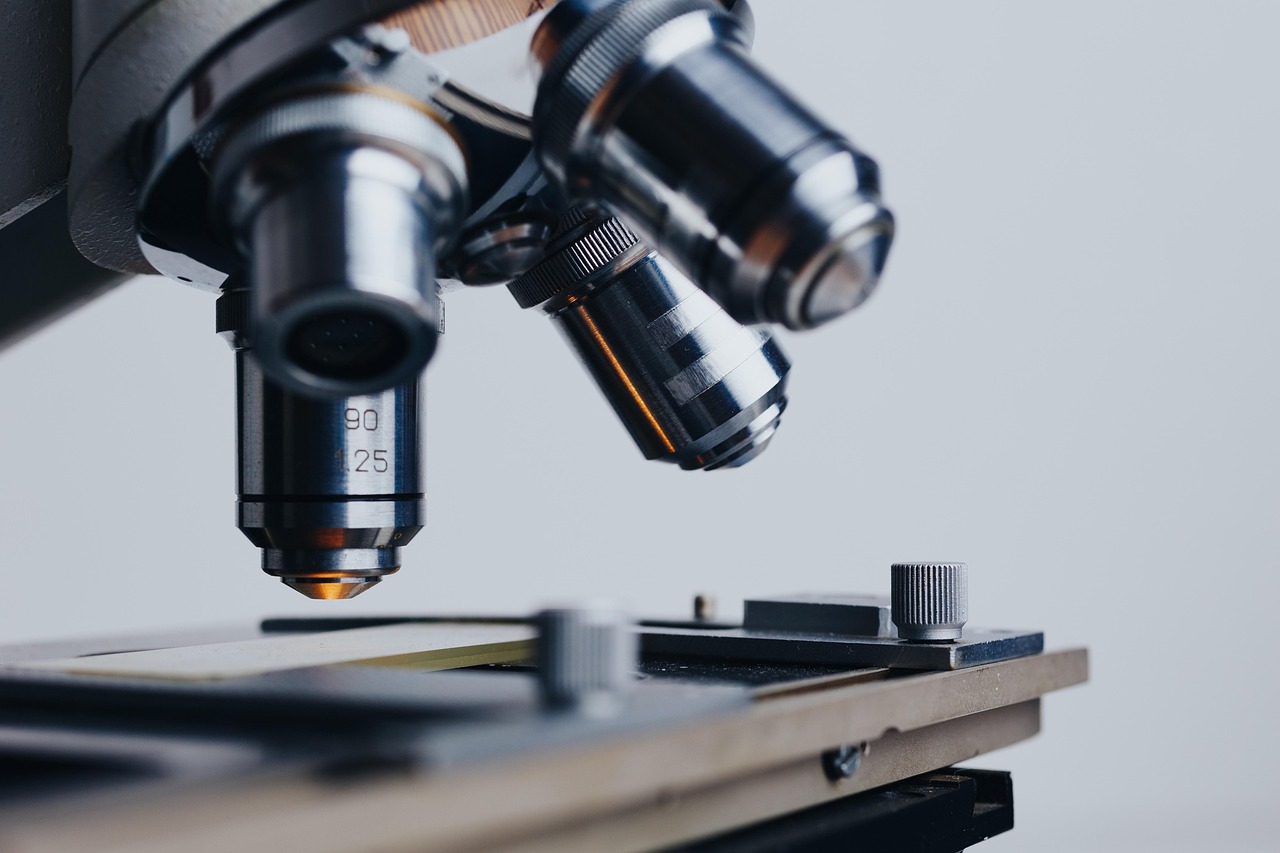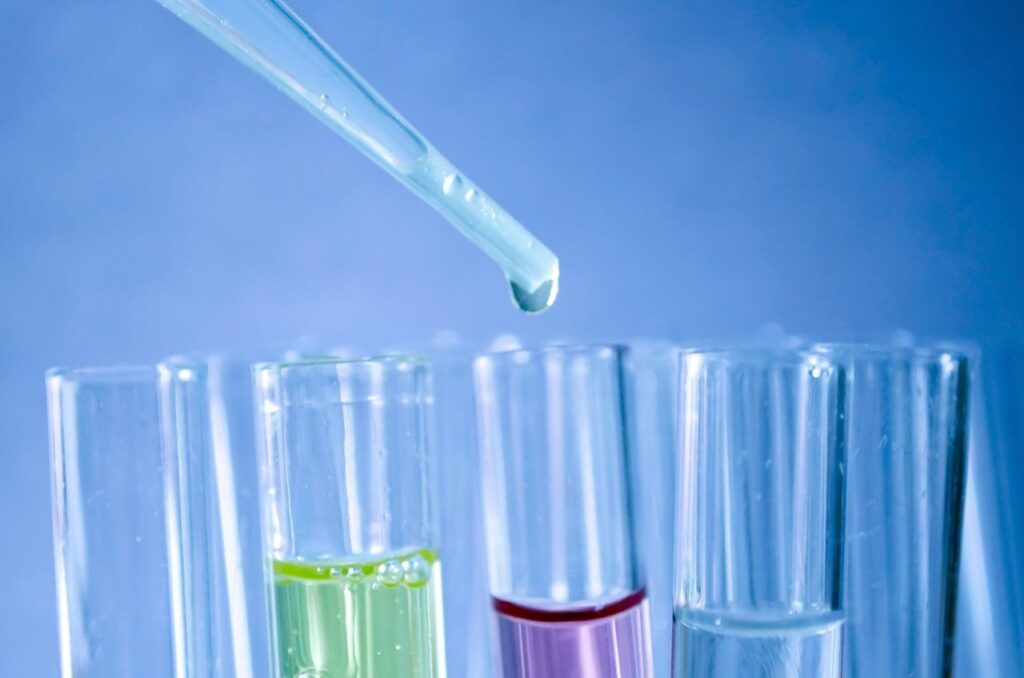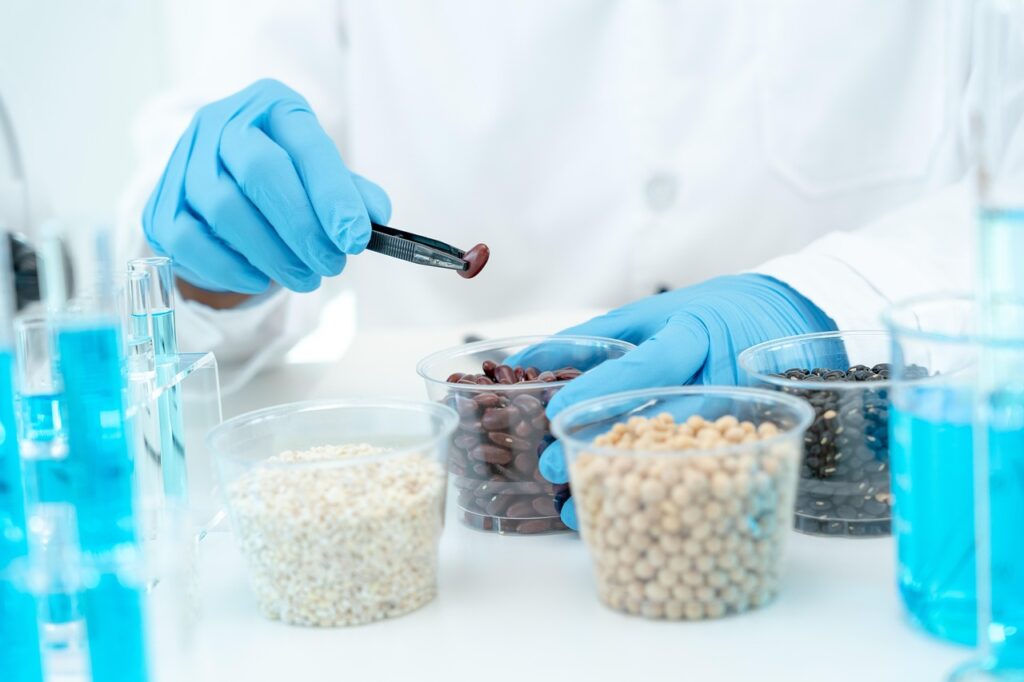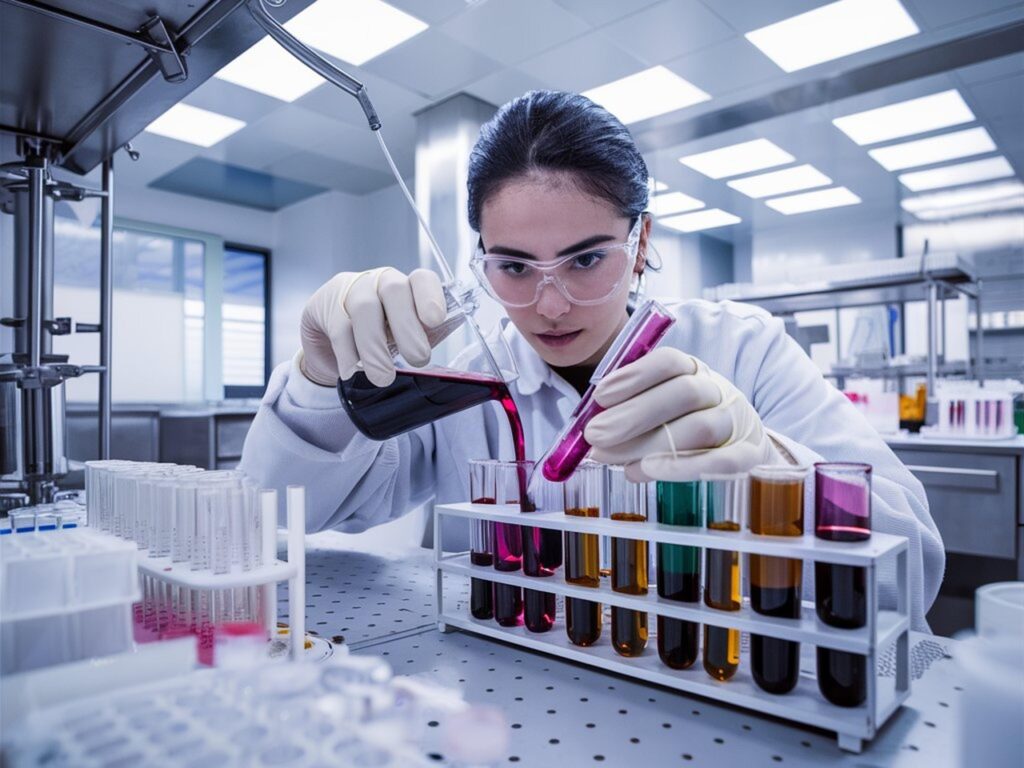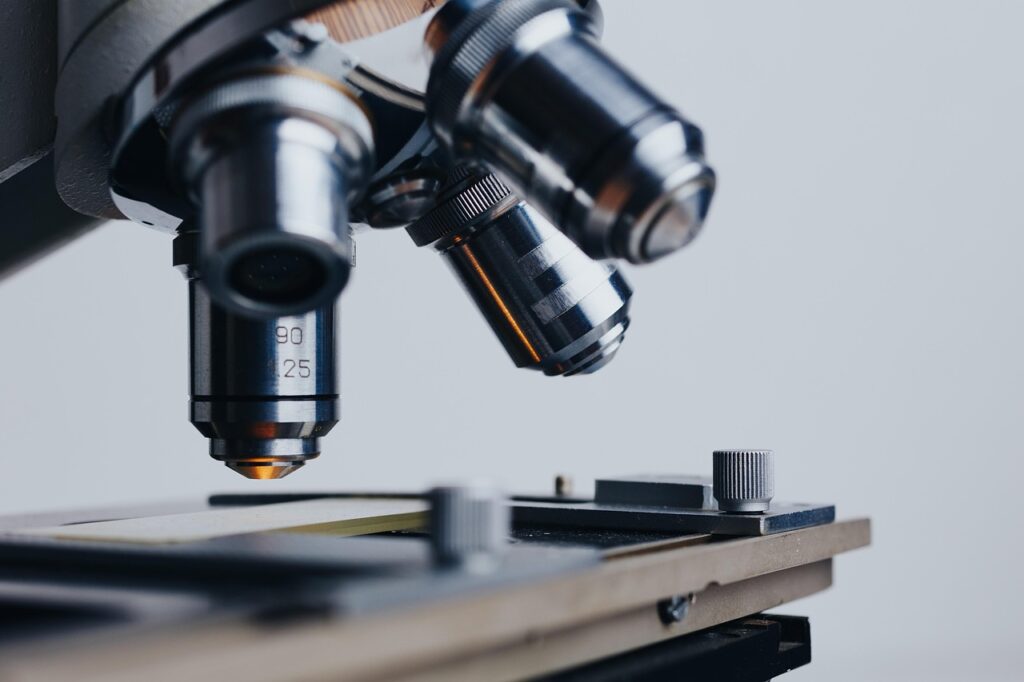Food risk assessment plays an increasingly important role in the dynamic field of food safety, where hazards are always changing and consumer demands for openness and quality are rising. One of the most important aspects of maintaining the integrity of the food supply chain and protecting public health is food risk assessment, which is the methodical assessment of possible risks in food. The food sector is undergoing substantial development due to global concerns like globalization and climate change, and technological advancements will likely bring about significant changes in the future of food risk assessment. We’ll look at new developments and trends in this blog post that will influence how food risk assessment is done in the future.
1. Integration of Advanced Technologies
Technological developments are completely changing how food risk assessment is done. Food testing laboratories are using state-of-the-art instruments to improve the precision and effectiveness of risk assessment procedures, ranging from molecular biology techniques to artificial intelligence (AI) and machine learning algorithms. For example, artificial intelligence (AI) systems evaluate large datasets to forecast possible dangers to food safety, while DNA sequencing technologies allow for the quick identification of microbiological contamination. Researchers can improve food safety outcomes by streamlining the identification and mitigation of hazards through the integration of these technologies into food testing lab operations.
2. Adoption of Predictive Modeling
To detect and reduce risks, traditional methods of food risk assessment frequently rely on retrospective data analysis. Predictive modeling, on the other hand, will be crucial to the future of food risk assessment since it allows for the early detection and control of any risks before they endanger public health. The application of mathematical methods and computational simulations to predict the behavior of chemical pollutants, foodborne pathogens, and other dangers in the food supply chain is known as predictive modeling. Food testing laboratories can prevent contamination occurrences and reduce associated hazards by proactively anticipating potential problems and implementing targeted countermeasures.
3. Embrace Big Data Analytics
The digital era’s abundance of data offers benefits and problems for food risk assessment. Food testing labs may now use enormous volumes of structured and unstructured data from a variety of sources, such as social media, supply chain logs, and sensor networks, to provide meaningful insights into the hazards associated with food safety thanks to the development of big data analytics. Through the application of sophisticated analytics methods like data mining and predictive analytics, scientists can examine this data and find patterns, trends, and correlations that might point to new risks to food safety. Food testing laboratories can make data-driven decisions to better manage resources and prioritize risk mitigation initiatives by utilizing big data analytics.
4. Focus on Preventive Controls
The Food Safety Modernization Act (FSMA) in the United States and the adoption of Hazard Analysis and Critical Control Points (HACCP) systems are two examples of the paradigm change in food safety laws that has occurred recently toward a preventive approach. Similar to this, preventative controls that seek to recognize and get rid of possible dangers at every point in the food supply chain will be the focus of food risk assessment in the future. Food testing laboratories may lessen the possibility of contamination incidents and improve overall food safety by putting strong preventive measures in place, such as strict sanitation procedures, environmental monitoring, and supplier verification programs.
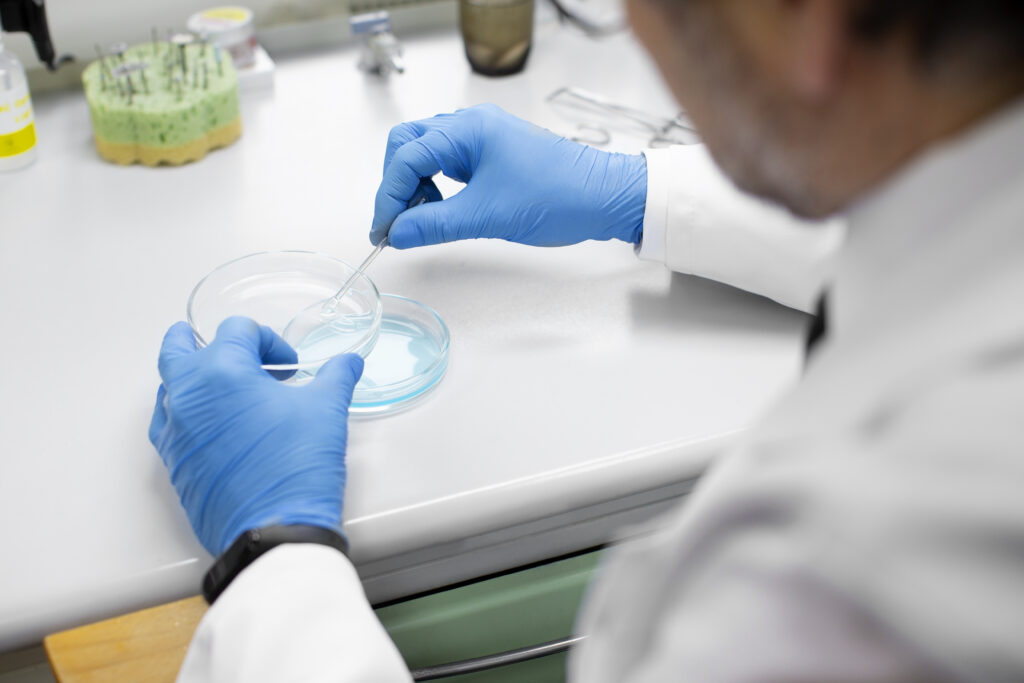
5. Enhanced Collaboration and Information Sharing
Effective food risk assessment requires cooperation and information sharing in a global food supply chain that is becoming more integrated. To communicate data, best practices, and insights into emerging dangers to food safety, food testing labs, regulatory agencies, industry stakeholders, and research institutions must work closely together. Stakeholders can coordinate response efforts, pool resources, and collaboratively solve global food safety concerns by fostering collaboration and establishing communication channels. Initiatives like open-access databases and knowledge-sharing platforms also help to spread knowledge and encourage openness in the processes involved in assessing food risks.
6. Personalized Risk Assessment Approaches
Personalized risk assessment methods are becoming more and more popular in the food safety industry as dietary choices and practices diversify. Food testing labs can customize risk assessment methodologies to accommodate particular customer demands and vulnerabilities by taking into account individual variables like age, gender, health condition, and dietary choices. For instance, people with weakened immune systems could be more vulnerable to foodborne illness and should take extra care. Food testing laboratories can improve consumer safety and confidence in the food they eat by implementing tailored risk assessment techniques.
7. Expansion of Rapid Testing Technologies
The broad use of fast testing methods that allow for the real-time detection of pollutants and adulterants is another development that will impact food risk assessment in the future. Delays in identifying possible dangers arise from the time-consuming sample preparation and processing associated with traditional laboratory-based methods for food testing. Biosensors, assays based on nanotechnology, and portable devices are examples of rapid testing technologies that provide the benefit of quick results without the need for specific tools or knowledge. Food testing labs can now perform on-site testing, improve traceability, and react quickly to food safety issues thanks to this technology, which lowers the possibility that contaminated items may make it to consumers.
8. Emphasis on Transparency and Traceability
In food risk assessment, transparency and traceability are becoming more and more crucial in an era of increased consumer knowledge and scrutiny. The need for strong traceability systems throughout the supply chain is fueled by consumers’ expectations regarding the origin, production processes, and safety of the food they eat. Food testing labs can follow the transit of food goods from farm to fork by incorporating technologies like blockchain, RFID tags, and QR codes. This allows for the prompt detection of potential concerns and the facilitation of targeted recalls when needed. In addition to increasing customer trust, increased openness and traceability help stakeholders find and fix structural flaws in the food supply chain.
Conclusion:
Food risk assessment is an essential tool for maintaining the integrity of the food supply chain and protecting public health when navigating the complexity of contemporary food systems. The field of food risk assessment is undergoing significant change as we look to the future, with changes in consumer expectations, regulations, and technology driving these changes.
The way is carried out is being revolutionized by the incorporation of new technologies, such as predictive modeling, big data analytics, and quick testing. This is making it possible to implement risk management methods that are more accurate, efficient, and proactive. Furthermore, the focus on proactive and more holistic approaches to food safety is highlighted by increased collaboration, individualized risk assessment methods, and preventive controls.

